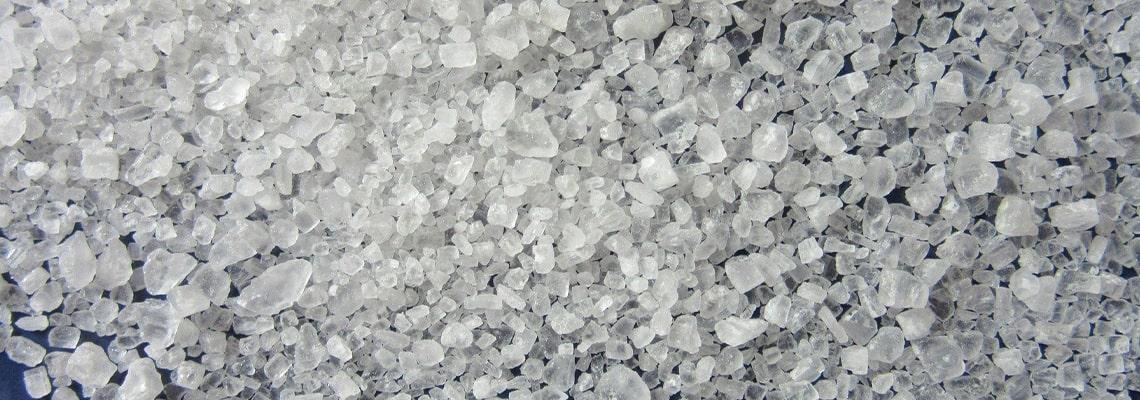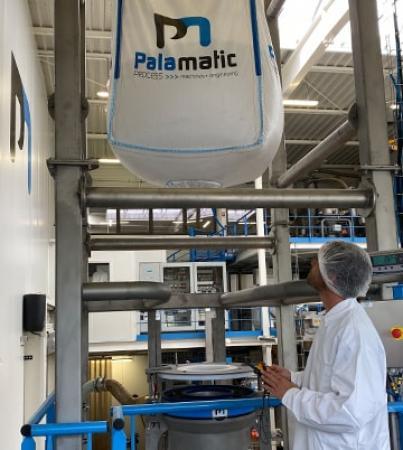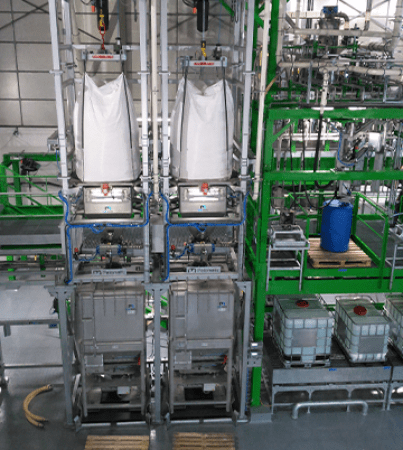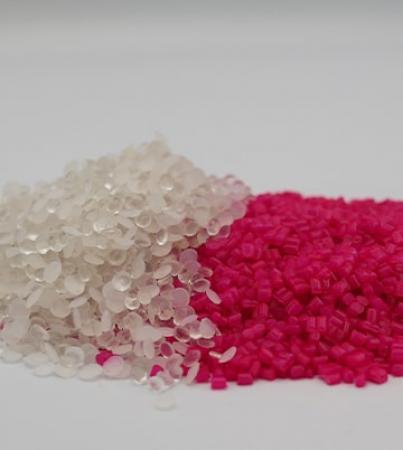1. Main characteristics of salt
Salt is mainly made up of sodium chloride, from salt marshes, rock salt or brines.
There are several types of salts:
- Natural salt from the sea is rich in magnesium but contains very little iodine.
- Refined salt, extracted from salt mines, is the one with the most industrial uses (food, textiles, detergent, paper, drugs, etc.). It undergoes various purification, recrystallization, evaporation and drying processes to achieve its refined appearance.
Salt is an integral part of food consumption but can lead to health problems, such as obesity and high blood pressure, if used without moderation.
Salt can take several forms depending on its nature (coarse salt, fine salt, flour salt, etc.). The most common form of salt in typically granular. The density of a grain of salt is 2.16 g / cm³.
2. Main applications of salt
Salt is well known as an ingredient to season dishes (food salt, table salt, kitchen salt). It is not a flavor enhancer, but an element that modifies the perception of the recipe. This is the main reason that salt is widely used by food manufacturers (cheese, dairy, prepared meals, bakery, confectionery, etc.). Salt also has the ability to preserve food by reducing moisture as well as by fermentation. However, the use of salt in food represents only 10% of its overall use.
Salt is still used mainly in the chemical industry where, by electrolysis, makes it possible to obtain chlorine and caustic soda. By transformation of the brine, it allows the production of calcium carbonate and sodium bicarbonate.
It is present in a large number of everyday products and is used in many fields: agricultural, pharmaceutical, cosmetics, detergent, plastic, paper, paint, animal nutrition, water treatment (through its water softening power it removes limestone) and fumes. Salt can also be used to clear snow from roads and sidewalks.

3. Industrial handling of salt
Salt is a corrosive and abrasive material with good flow properties and a low angle of repose. Salt is a hygroscopic substance and if exposed to strong temperature and humidity changes, can experience poor flow issues.
It must therefore be stored away from humidity in order to avoid problems with subsequent transfer equipment. Stacking multiple pallets of salt is not recommended.
4. Salt applications with Palamatic Process equipment
Salt goes through a variety of operations in the industrial sector: conditioning, emptying, conveying, dosing, mixing, sieving, grinding and storage.
Conditioning the salt powder
For the phase of filling your bulk bags with salt, equipment from the FlowMatic® range can be installed according to your needs (level of speed, hygiene, containment, sealing, weighing, etc.).
If you handle sacks of salt, the Pal’Sack® manual or automatic bagging machine will allow you to package your material in all types of sacks (from 5 to 50kg).
Deconditioning of the salt powder
To decondition salt in sacks or bulk bags, Palamatic offers various unloading stations.
- The Sacktip® bag deconditioning unit
- The range of EasyFlow® bulk bag unloading stations with several possible loading modes (electric hoist, forklift, low structure).
- The range of Duopal® sack and bulk bag emptying stations offering the possibility of containment and safety in an ATEX zone.
Transfer of salt powder
The salt can be conveyed by a pneumatic suction conveying system, like our VFlow® model. A cyclo-filter provides the air / product separation, and a dry vane vacuum pump can be installed outside the ATEX zone to ensure the transfer of the material.
If your salt is experience issues with flow and discharge from storage vessels, pneumatic vibrators can be used to agitate and promote the discharge and transfer rates.
Dosing of salt powder
For your dosing operations, the screw feeder allows metering of the raw material without degradation and guaranteeing a high level of precision. Depending on your production needs, the dosing screw can provide either volumetric or weight dosing.
Mixing of salt powder
Food salt generally complements other powders in an industrial process as a seasoning agent. It is therefore common for it to be mixed with other bulk materials. Depending on the characteristics of the powders mixed together (i.e., friability, humidity, etc.), the type of mixer can vary (e.g, continuous / discontinuous paddle mixer; continuous / discontinuous ribbon mixer, continuous / discontinuous vertical mixer, etc.). Discover Palamatic Process mixing solutions.
Milling of the salt powder
The UM® Palamatic pin mill provides a precise solution for producing a desired grain size. This mill comes in several models that will suit the nature of the salt you are handling.
Sieving the salt powder
In order to provide quality control and remove foreign contaminants from the packaged raw materials, sieving equipment can be integrated into the line. Depending on the application, different sieve equipment can be used, such as: a GSC vibrating sieve, a centrifugal sieve as well as Easy Clean models designed to meet the hygienic requirements of certain sectors.
Learn more about the differences between industrial sieves and how to make your choice.

Storage of the salt powder
Intermediate daily storage of your material can be done in a buffer hopper. Stainless steel containers or silos can store the salt for a longer period according to your expectations.
Dust filtration
Palamatic Process has several de-dusting devices to maintain a healthy atmosphere in your workplaces for operators. We can further provide you with remote control of your line thanks to the Pal'Touch control cabinet.
5. Palamatic Process customer applications with salt
Many Palamatic Process customers handle salt in their industrial process. Here is a list of installations made with salt powder:
- Sifting and transfer of ingredients into a kneader for making hamburger buns
- Powder preparation for the manufacture of surimi
- Bagging station for the packaging of spice mix
- Salt and sugar powder skid by controlled feeding of a dissolution tank and powder wetter for feeding a drying tower
- Industrial grinder on the flue gas purification line
- Bulk bag unloading system
Contact our experts for your project involving salt. We can perform tests in our test center with your powder to increase the reliability and ensure the future efficiency of your entire line.

















